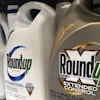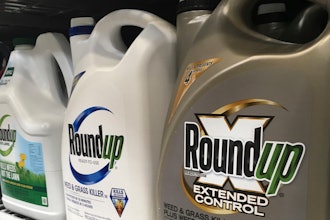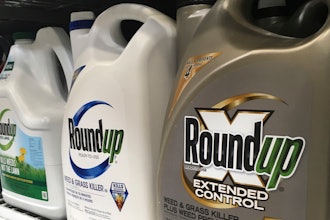
 When it’s time to get in compliance with Chemical Data Reporting (CDR), Brandon Henning, the director of industry solutions at Sparta Systems, says many chemical companies are still chasing a massive paper trail that makes the task a challenge.
When it’s time to get in compliance with Chemical Data Reporting (CDR), Brandon Henning, the director of industry solutions at Sparta Systems, says many chemical companies are still chasing a massive paper trail that makes the task a challenge.
As part of the Toxic Substances Control Act, the CDR rule requires manufacturers (including importers) to report data on which chemicals they’re producing so that the EPA can analyze potential risks to human health and the environment.
READ MORE: Is Your ERP System Built For Your Industry?
In 2016, changes to the law could make it even more difficult for companies in the industry to get in compliance. In particular, manufacturers will be required to report if they meet a substance threshold of 25,000 lbs. or more of a chemical at any single site – and the reporting will have to encompass not one, but the last four years (2012-2015).
Here Henning talks about the software solutions on the market designed to make the process go smoothly.
How widespread is the problem of chemical companies using paper to track this kind of data?
From my experience working with these industries, collecting data is a problem for most of them —except in pharma, where the regulation is swift, hard and costly.
So they often try to go on paper longer, until they find out it’s harder to systematize it.
Why are chemical companies still taking down this info on paper or using Word and Excel?
For a lot of companies, your IT budget isn’t growing, it’s shrinking. So then you look at whether or not it adds a ton of value from a production perspective. Often, regulatory compliance becomes one of the last things you invest in.
What’s at stake for chemical manufacturers who fall behind on CDR reporting?
Generally with the EPA you start with warnings, and then further warnings, then corrective actions, follow up, reevaluation, fines and then potentially shut down.
What kinds of software solutions help manage CDR compliance?
You’re going to want a solution for this — and for managing other regulations — that helps you identify what products you’re producing, what products are registered in which country and how much of each product you’ve produced. All that leads to an e-reporting solution that lets you simply report back to the regulatory body. Potentially you can do fully reporting automatically.
This is similar to what pharma companies do with the FDA. Some have simple one-click reporting solutions where they’ve submitted it all when it’s due. You always know what’s going to be due and you’re always on time.
How do you make the business case for investing in software that helps with CDR compliance?
It’s about leveraging solutions where you can collect all of your data easily and do e-reporting solutions where you might report directly to the EPA. That provides a lot of savings in terms of labor and time, and it can certainly help you get compliant more quickly from the perspective of making sure you see reports on time. And then you want to do things like track the last time you filed, when you’re going to file again, and make sure you’re going to file on time. This way you’re not in this constant place where you’re late all the time, and you have to scramble to find the data.





















